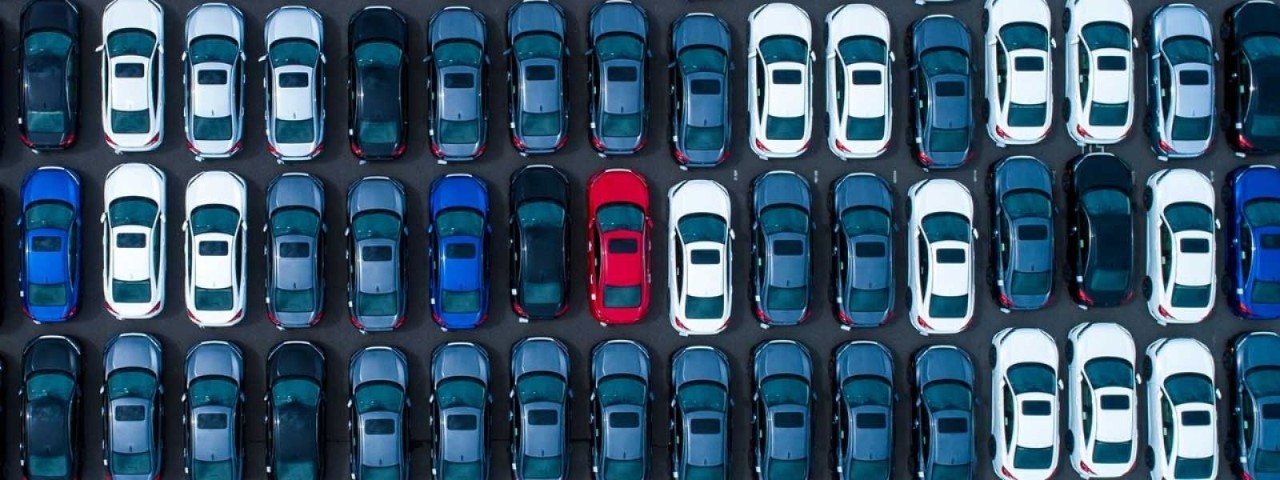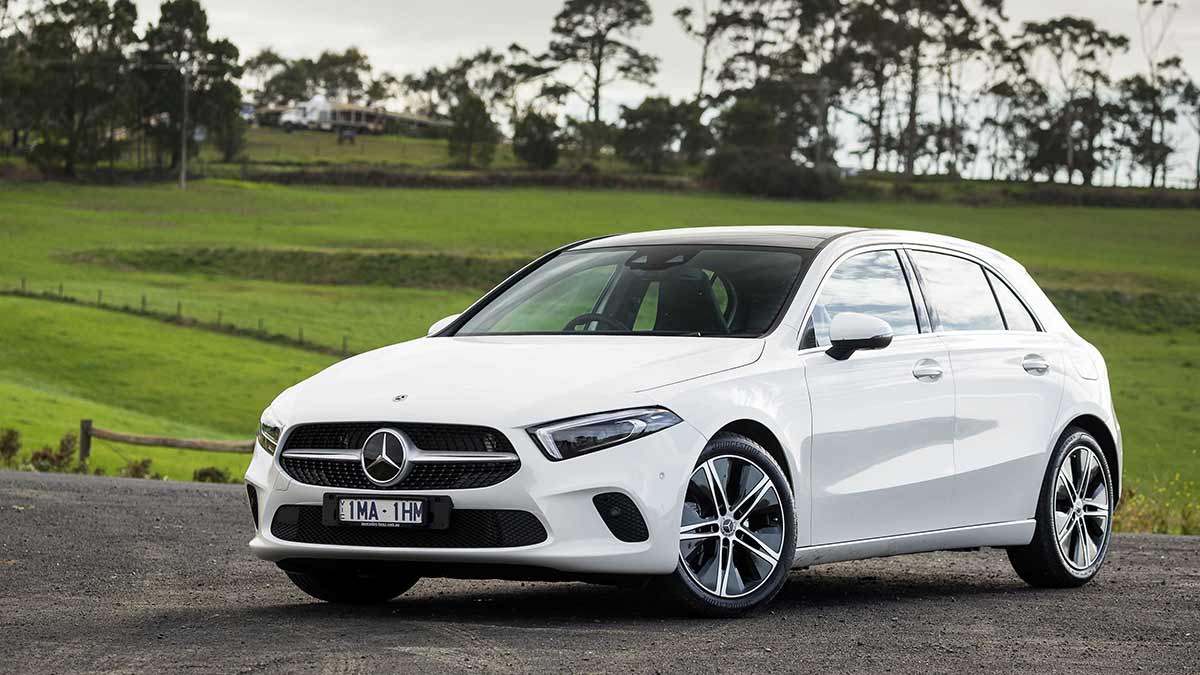So you’re looking for a new petrol or diesel car. What do you need to know before testing, buying and driving?
Why this is the most popular car colour, according to science

Why are white and silver cars so popular? This is the science of car colours.
Like any trend, fad or fashion, popular car colours come and go. But what drives this change in mood can vary enormously. And now, perhaps, our choice in car colours will become a matter for those most pragmatic of influencers; computers.
Back in the 1950s and ’60s when consumerism was taking off in a post-war world, the jet age was informing car design. Those big, glowing tail-lights on many cars of the day, not to mention the fabulously over-the-top tailfins, were obvious hints at the romance of jet power. But you get the feeling that colours we painted our cars were also being influenced by the things around us, too.
Check out the pastel blues, greens and pinks that were popular then. Now look at a contemporary 1960s bathroom or kitchen setting. It can’t be a coincidence, can it?
Move forward a decade. Was it a fluke that Dad’s mustard Valiant Charger matched, almost exactly, the colour of the shag-pile carpet in the room that was recently renovated from loungeroom to conversation pit?
These days, car buyers have moved from those volume-knob colours to a palette that is much more conservative. Whites and silver tones are the new king of the showroom, and, along with black, make up more than half of all new cars in the western world. Check out the airport car-park next time you fly over it and you’ll see what I mean.
Colour psychologists (yes, they’re a thing) believe that the colour of a product can be a major influence on whether you buy it or not. This same group of professionals will also tell you that the colour of food can affect its taste for a percentage of lab rats – er, sorry – consumers.
US-based car-paint manufacturer Axalta, a global paint supplier, publishes reports on automotive colour trends, including some very revealing data on regional preferences. Its 2015 report, for instance, showed that while black cars are a big player in most markets, black is a no-go in India where just three per cent of new cars in that year were ordered in black. Oh, and don’t order a blue car in China; just one per cent of Chinese new cars were blue in 2015, so you won’t be selling it in a hurry.

White cars remain in fashion based on the Global Automotive 2018 Colour Popularity Report
Axalta’s more recent 2019 report was also interesting as it highlighted some of the drivers for our changing taste in colours. It seems technology is the next big thing and some observers already credit the brushed-silver laptop and the white iPad with our switch to neutral and ‘technical’ colours.
And that process will only continue. That will be down to the rise of the autonomous car. Driverless cars will be guided by computers using (among other technologies) RADAR and LiDAR, the latter being a form of distance measuring using a laser. But LiDAR has a much tougher time trying to ‘see’ a dark-coloured car, meaning that the autonomous-car landscape will be populated by white cars and white cars only. Even the degree of gloss on that white paint will be dictated by technology as LiDAR needs a relatively reflective surface, but not one that is too reflective as it can dazzle or ‘blind’ the LiDAR sensors.
Researchers are also busy studying the effects of varying light levels and even working out how much metal-flake to add to each shade of white to give the correct degree of visibility in all ambient light conditions.
Perhaps we don’t need to worry, though, as car colours will no longer be our choice anyway: Think-tanks around the world have suggested that we won’t own an autonomous car, we’ll just hail one when we need it. Presumably there’ll be an app for that.
In an autonomous future, it seems, technology will be calling all the shots. And that’s a long way from a sunken loungeroom full of mustard shag-pile carpet.
Most popular colours by number
- 38 per cent of cars sold worldwide in 2018 were white
- 58 per cent of cars sold in China in China in 2018 were white.
- White has been the world’s most popular car colour for eight consecutive years.
- White is two times more popular than its nearest rival: black.
- Yellow and gold cars are three-times more popular in Asia than any other region in the world.
- 10 per cent of cars in Europe are blue; the only area where primary colour rates in double figures.
- Nine per cent cars in North America are red, compared with five per cent for the rest of the world.
- Two per cent of cars in Russia are green, compared with less than one per cent for the rest of the world.
Source: Global Automotive 2018 Colour Popularity Report


